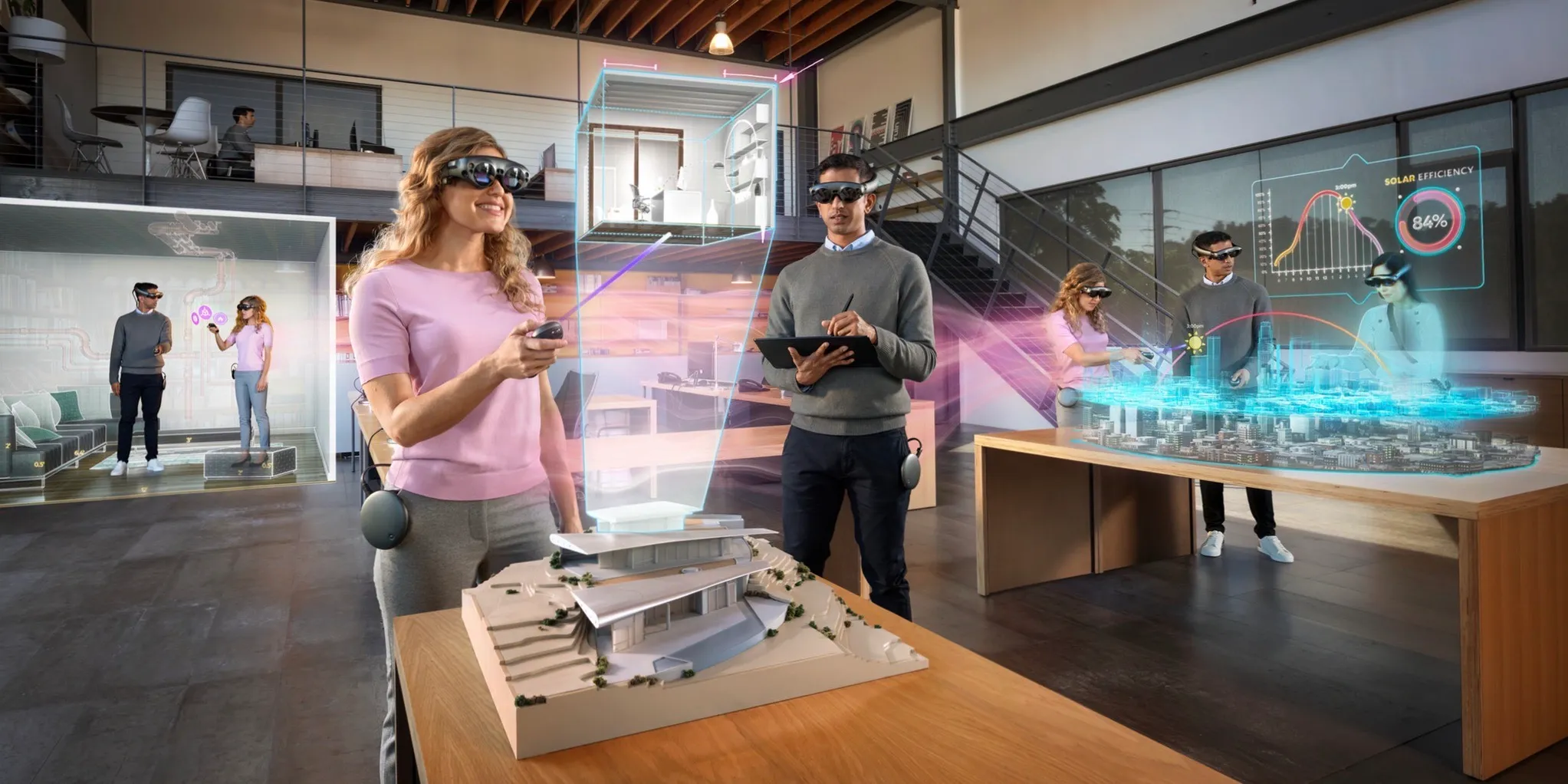Feb 13, 2024
Introduction
In the rapidly evolving landscape of technology, the fusion of digital and physical realities is no longer confined to the realms of science fiction. Thanks to the emergence of spatial computing, this merger is becoming a tangible reality, reshaping how we interact with the world around us. Let's explore how innovations in mixed reality, wearable tech, and AI are driving this transformation in 2024.
Spatial Computing: Where Realities Converge
Imagine a world where digital and physical realities seamlessly blend, offering immersive experiences beyond traditional 2D interfaces. This is the promise of spatial computing, a paradigm shift encompassing technologies like augmented reality, virtual reality, autonomous vehicles, and robotics. By enabling computers to perceive and interact with three-dimensional space, spatial computing is revolutionizing how we engage with technology.
The Evolution of Immersive Hardware
The transition from traditional virtual reality (VR) to mixed reality (MR) headsets marks a pivotal moment in immersive hardware. With the introduction of versatile MR devices like Apple's Vision Pro and offerings from Samsung/Google, ByteDance, Oppo, and others, spatial computing is poised to reach new heights in 2024. Mixed reality not only integrates virtual and augmented realities but also addresses the isolation often associated with VR, offering users a more engaging and connected experience.
Smart Glasses: AI's Gateway to the Physical World
Wearable technology, particularly smart glasses, plays a crucial role in bridging the gap between AI and our physical environment. By equipping AI systems with 'eyes' and 'ears' through cameras and microphones, these devices enable more natural and contextually relevant interactions. The integration of multi-modal AI, capable of understanding various forms of information simultaneously, further enhances the capabilities of wearable tech. This convergence is exemplified by recent innovations like Humane's Ai Pin and Meta Ray-Ban glasses, which leverage AI to deliver personalized and intuitive experiences.
Conclusion
As we venture further into the era of spatial computing, the boundaries between the digital and physical realms continue to blur. The advancements in mixed reality, wearable tech, and AI herald a future where immersive experiences are not only pervasive but also seamlessly integrated into our daily lives. With each innovation propelling us closer to this vision, 2024 stands as a pivotal year in the evolution of spatial computing, shaping the way we perceive and interact with the world around us.





